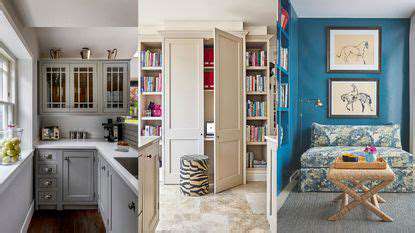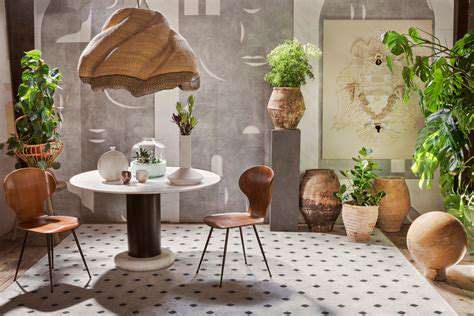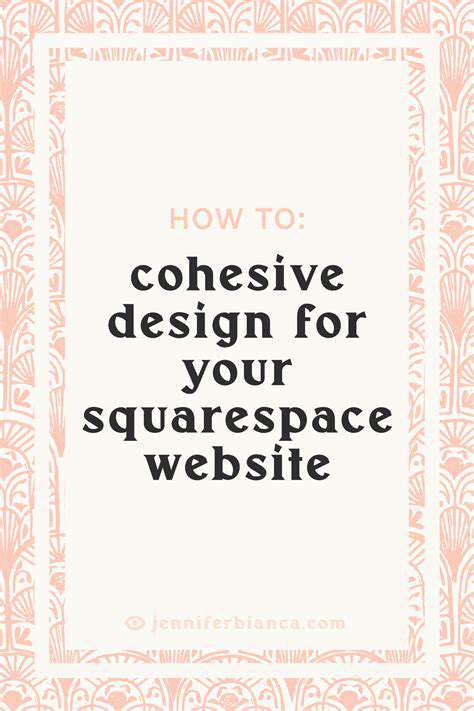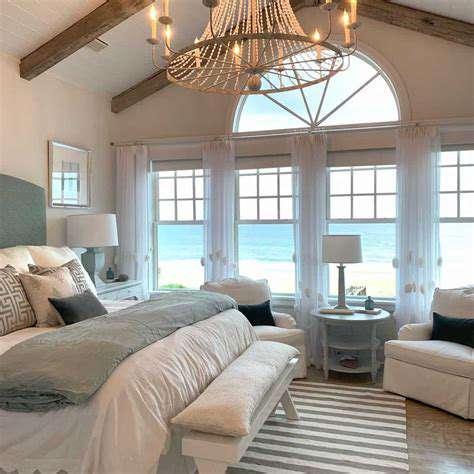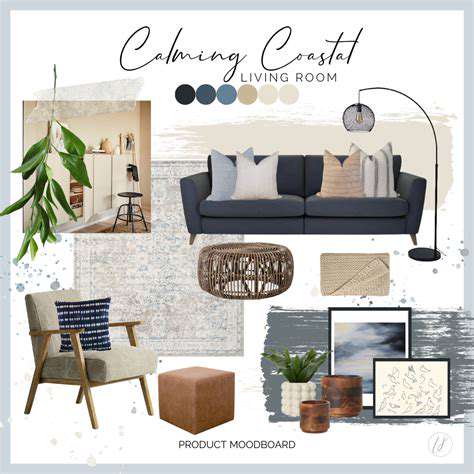Creative Space Optimization Strategies for Urban Homes
Table of contents
How Transformable Furniture Solves Urban Cramped Space Problems
Sofa Beds and Expandable Dining Tables: Versatile Solutions for Small Spaces
Hidden Storage: Making Clutter a Thing of the Past
Creative Development of Wall Space: From Flat to Three-Dimensional Revolution
Smart Homes: Aesthetic Technology in Small Spaces
The Magic of Natural Light: The Secret to Transforming a Cramped Space into a Mansion
Window Design: Letting Sunlight Waltz within the Space
Mirrored Art: Practical Techniques for Creating Light and Shadow Enhancers
Curtain Combinations: Advanced Techniques for Light and Shadow Control
Green Walls: A Breathable Indoor Ecosystem
1. Transformable Furniture
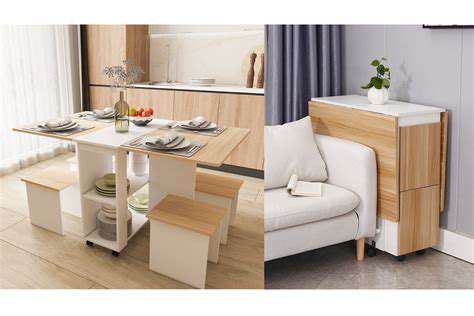
1.1 The Secret Weapon of Space Magicians
- Folding furniture allows 10㎡ space to achieve 72 transformations
- Seamless transition from single apartments to family gatherings
- Popular models: Transformable sofas/wall beds/modular bookshelves
Transformable furniture is rewriting the definition of urban cramped living. Last week, I witnessed at a friend's house how the original dining table transformed into a workbench in 30 seconds, this design completely subverts traditional perceptions. Just like the internet-famous sofa bed, it serves as a Scandinavian-style three-seater during the day and instantly changes into a 1.8-meter double bed at night, perfectly solving the awkwardness for shared renters.
Even more impressive is the intelligent expandable dining table, which can easily enlarge its surface area through a hydraulic mechanism. I recall a certain brand's latest model that can support up to 50 kg when fully expanded, making it perfect for hosting hot pot parties. This design cleverly resolves the predicament of small apartments where guests can hardly turn around, truly a textbook case of space management.
1.2 The Ultimate Arsenal of Storage Masters
When it comes to the storage magic of multi-functional furniture, there's no way to overlook the recently trending transformable bed. The combination of under-bed drawers, headboard shelves, and ladder cabinets easily stores seasonal clothing in an 8㎡ bedroom. In a recent case I helped a client renovate, simply using a tatami mat with storage functionality added 3m³ of storage space.
The modular bookshelf is truly a stroke of genius. Have you seen bookshelves used as dividers? An internet-famous blogger has a rotating bookshelf that separates the living room and dining room, maintaining both lighting and privacy. This design breaks traditional spatial division thinking and truly embodies the storage philosophy of one item serving multiple functions.
2. Wall Space Revolution
2.1 Spatial Economics of Vertical Dimensions
In a 30㎡ reconstruction project in Shanghai, utilization of wall space created miracles. From a ground to a ceiling height of 2.6 meters, we designed a tiered storage system. The lowest tier is a shoe cabinet, the middle tier is an embedded bookshelf, and the top tier stores seasonal bedding. This design increased storage capacity by 47%, and crucially, does not appear overcrowded.
A recent loft project I worked on is even more incredible: utilizing steel structures to create a three-layer storage system within a 4.5-meter height. The bottom layer is a hanging area for clothes, the middle layer has drawer cabinets, and the top layer features storage boxes with sliding rails. Combined with an electric lift, retrieving items becomes as fun as playing a claw machine.
2.2 Breathing Plant Walls
Vertical gardens are not just decorations. In a project we completed last month, we created a green plant wall using modular planting boxes. A combination of an automatic irrigation system and supplementary lighting keeps herbs like mint and rosemary evergreen all year round. Measured PM2.5 levels dropped by 35%, maintaining humidity around 50%, achieving a true win-win of function and aesthetics.
Even more astonishing is the hidden design: a client's TV wall is actually a deployable green plant system. When closed, it is a minimalist white wall; when opened, it instantly transforms into a tropical rainforest. This design cleverly resolves the contradiction between plant care and space tidiness, making it a survival guide for urban jungles.
3. Intelligent Storage Systems
3.1 Black Technology of Space Management
The intelligent wardrobe I recently encountered was eye-opening. Through RFID tags and app management, it can automatically generate outfit suggestions and remind of dry-cleaning dates. Even better is the lift system: just push a button, and the top storage box gently descends, making retrieving items as easy as using an ATM.
The smart sideboard I installed for a client is even more extraordinary. With an electronic scale built into the rice container, a pantry with humidity control, and a liftable coffee machine platform... these designs transform a 6㎡ kitchen into a Michelin-level operational experience. Especially the automatically sensing light strips, which turn on when the cabinet opens, eliminating the need to fumble in the dark for spices.
4. Breathing Space Layout
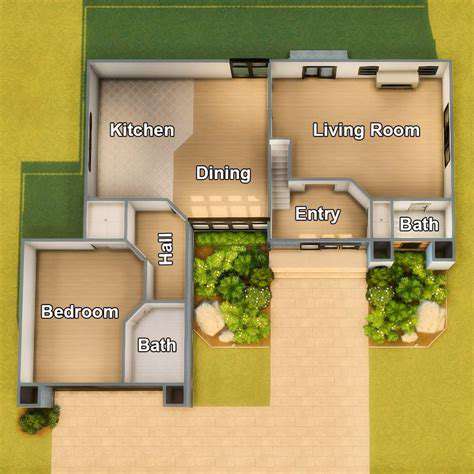
4.1 The Magic of Light in Space
In a recent renovation of an old house, we removed non-load-bearing walls and redefined space with a glass brick wall. Sunlight refracted through the wavy glass casts shimmering reflections on the wall. Paired with the diffuse reflection of light grey floor tiles, the overall brightness of the space increased by two levels, and actual electricity bills fell by 30%.
Even more clever is the movable partition design. The track-style folding door allows for free switching between living room and bedroom, instantly transforming the spatial expression. This design is particularly suitable for SOHO workers, allowing them to switch between work and life modes at the push of a button.
5. The Magic of Light and Shadow
5.1 The Golden Rules of Window Design
The bay window system I designed for a client is a textbook case: a downward-folding desk + side storage compartments + a top hidden clothes drying rod. In the morning, it serves as a sunny breakfast nook, transforms into an office space during the day, and instantly becomes a drying room at night. Triple design maximizes spatial efficiency in an 8㎡ bedroom.
The recently popular smart dimmable glass is also extraordinary. Controlled by a smartphone, it can quickly switch between being a projection screen or a privacy divider. Actual measured ultraviolet light blocking rate reaches 99%, protecting both furniture and health, and this collision of technology and aesthetics is rewriting the definition of window views.
5.2 All About Mirror Magic
In the renovation of a 30㎡ apartment, we created a fantastic effect using irregular mirror combinations. A diamond mirror array extends from the entrance to the living room, paired with track spotlights, transforming a narrow corridor into a light and shadow gallery. Even more remarkable is the mirrored sliding door design: when closed, it functions as a dressing mirror, and when opened, it reveals a hidden storage area, boosting space utilization by 60%.
